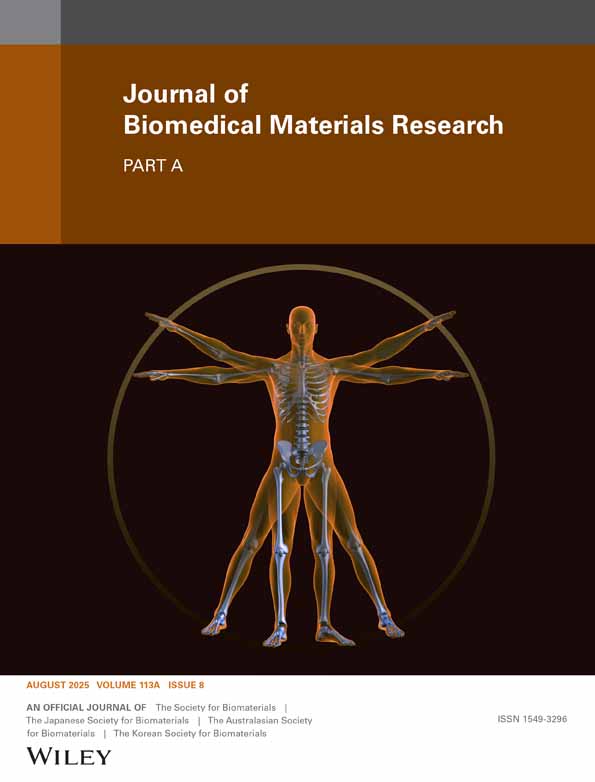The role of the TH1 and TH2 immune responses in loosening and osteolysis of cemented total hip replacements
Abstract
The mechanisms underlying the development of osteolysis and aseptic loosening have an impact on the longevity of total hip replacements (THRs). This study examines the specific roles of lymphocytes in the TH1 and TH2 subsets in osteolysis and aseptic loosening of THR. Tissue from periprosthetic regions from patients with loose, cemented acetabular components were used to determine the TH1 and TH2 cytokine profile. Twelve tissue specimens from patients with radiographic signs of osteolysis, and nine tissue specimens from patients with no signs of osteolysis were harvested during revision surgery. Immunohistochemistry using primary antibodies against CD3, interferon (IFN)-γ, interleukin (IL)-2, IL-4, and IL-10 was performed on frozen sections to determine the percentage of positive cells for each of the sections. No statistically significant differences in the percentage of positive cells expressing cytokines characteristic of the TH1 pathway (IFN-γ, IL-2) or TH2 pathway (IL-4, IL-10) were found when comparing osteolytic and non-osteolytic tissues. However, significant numbers of T cells (averaging about 10% of the total cells) and TH1 and TH2 immune cytokines (averaging 3–5% of cells) implicate a possible role for immune processes at the prosthetic interface. © 2003 Wiley Periodicals, Inc. J Biomed Mater Res 64A: 693–697, 2003




